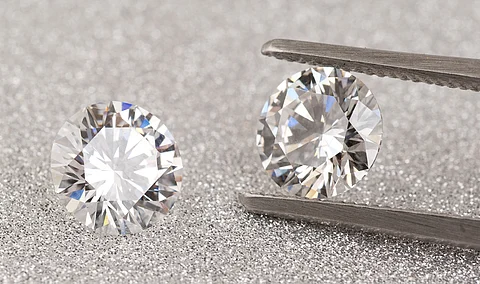

The forecast projects a compound annual growth rate (CAGR) of 7 percent over the period, fuelled by expanding industrial usage and increasing consumer demand in the fashion and luxury sectors.
The study highlights that polished synthetic diamonds will continue to dominate sales, accounting for 65% of market share in 2025. At the same time, industrial applications—including cutting, drilling, grinding, and polishing—are expected to provide strong growth momentum, particularly across the automotive, aerospace, electronics, and mining industries.
Industrial Applications Driving Growth
Synthetic diamonds are gaining traction as a preferred alternative to mined stones due to their consistent quality, affordability, and lower environmental impact. Industries are rapidly adopting polycrystalline diamond (PCD) cutting tools for machining hard metals such as titanium and tungsten carbide. In oil exploration and mining, synthetic diamonds are replacing natural stones in drilling equipment, thanks to their resilience in extreme conditions.
Regional Trends
The CMI report identifies North America as the current market leader, projected to account for around 40% of global demand in 2025. However, the Asia Pacific region is anticipated to record the fastest growth over the next seven years, supported by rapid industrialization and rising disposable incomes across emerging economies.
Technology Outlook
Chemical Vapour Deposition (CVD) remains the most dominant method of production, offering scalability and reliability in both jewellery and industrial-grade diamonds.
Future Opportunities
According to CMI, two sectors will define the future trajectory of synthetic diamonds: the luxury jewellery market, where lab-grown stones are gaining wide consumer acceptance, and the industrial segment, where super-abrasive applications are multiplying. Together, these factors position the synthetic diamond market for robust long-term expansion.
